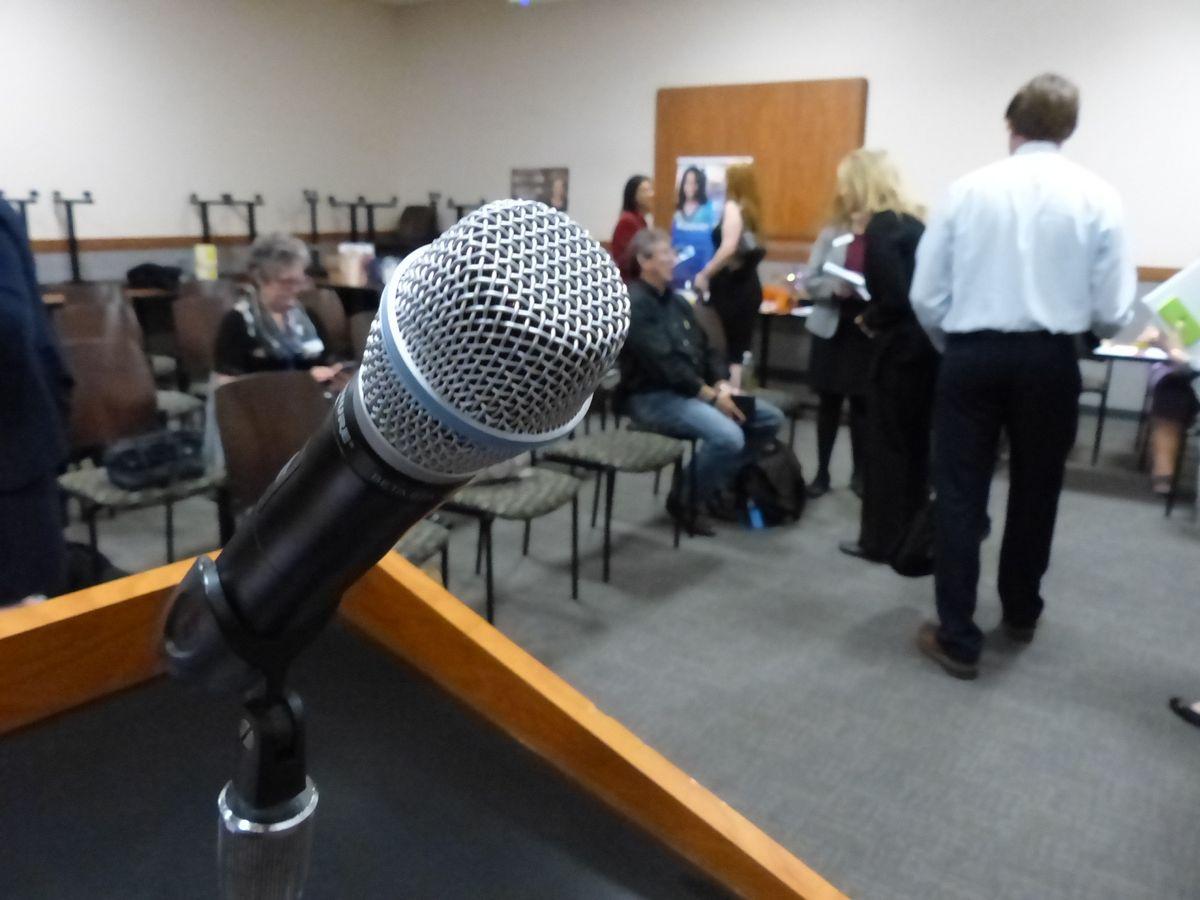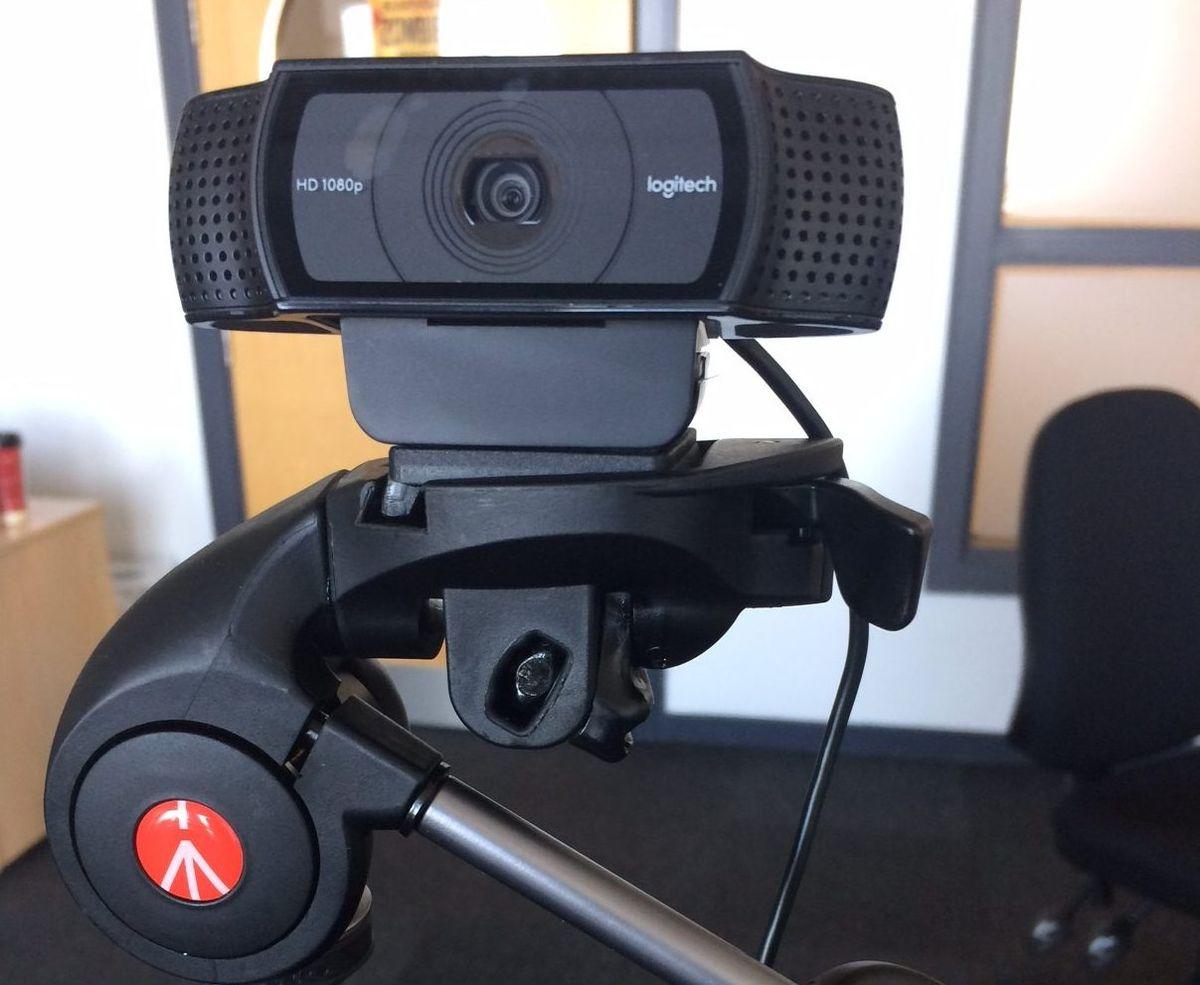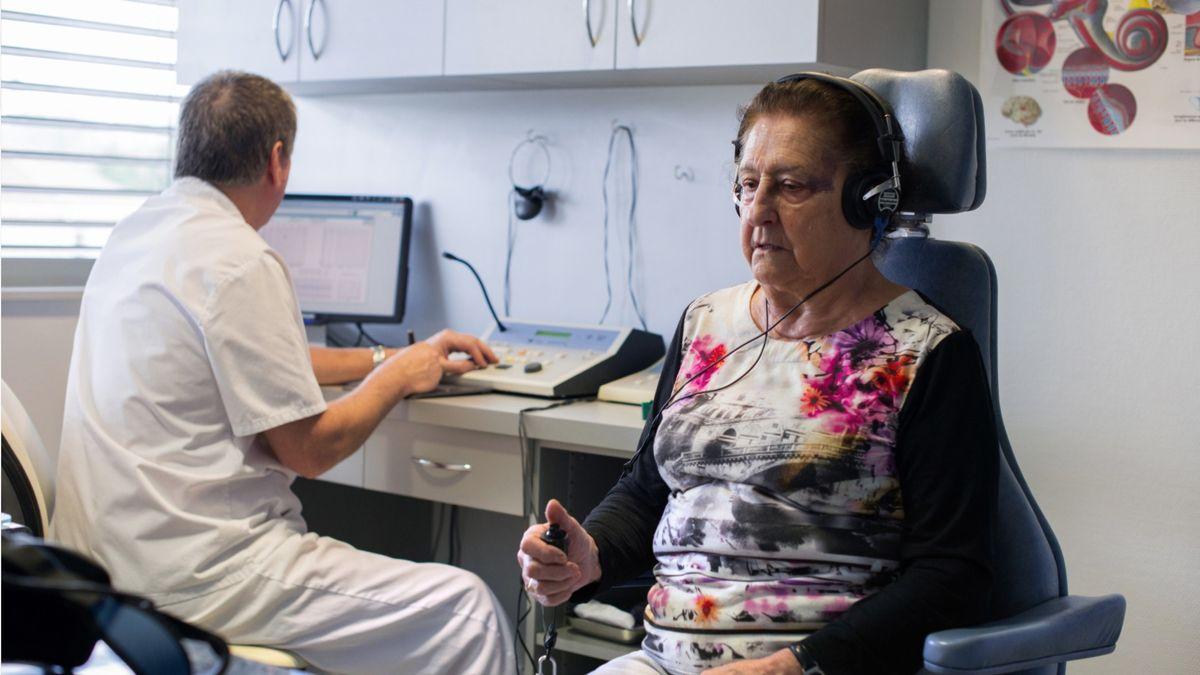In the dynamic world of communication, transcribing talks and presentations effectively is not just a convenience but a necessity. The article 'Transcribing Success: Enhancing Talks and Presentations with Effective Language Transcription' delves into the transformative power of transcription services in various settings. From real-time transcription benefits to strategies for maximizing media accessibility, and from revolutionizing conference experiences to interview transcription tactics, this article explores the multifaceted impact of transcription on enhancing the delivery and reception of spoken content.
Key Takeaways
- Real-time transcription captures nuances and improves engagement by providing immediate access to spoken content.
- Inclusive media transcription, such as for Instagram stories, broadens audience reach and supports those with hearing impairments.
- Voice-to-text services at conferences facilitate networking and knowledge sharing, enhancing the overall event experience.
- A methodical approach to interview transcription, including the use of appropriate tools and techniques, ensures quality outcomes.
- Choosing the right transcription software involves a balance between cost and functionality to integrate seamlessly into workflows.
The Power of Real-Time Transcription

Benefits of Capturing Talks as They Happen
Imagine capturing every word of a talk as it unfolds. Real-time transcription offers a myriad of advantages, from ensuring no critical point is missed to enabling immediate review and analysis. The immediacy of transcription can significantly enhance the value of the content for both the speaker and the audience.
- Accuracy: Live transcription reduces the risk of misinterpretation or loss of context that can occur when relying on memory or delayed transcription.
- Engagement: Audience members can follow along more easily, especially those who are hard of hearing or non-native speakers.
- Convenience: Speakers can quickly reference their own words for clarification or to answer follow-up questions.
By transcribing talks in real time, you not only preserve the original message but also open up new possibilities for engagement and content repurposing.
Choosing the Right Transcription Software
When you're ready to capture every word of your talk, the right transcription software is pivotal. Selecting a tool that aligns with your specific needs can make all the difference. Consider user satisfaction ratings as a starting point; for instance, G2's 2024 rankings highlight popular options like Fathom, Google Cloud Speech-to-Text, and Rev, among others.
- Evaluate the software's accuracy and speed.
- Look for features that suit your workflow, such as automated speech recognition (ASR) and natural language processing (NLP).
- Assess the ease of integration with your existing tools and platforms.
Remember, while free transcription tools may be tempting, they often lack the advanced features and reliability of paid solutions. Weigh the pros and cons carefully before deciding.
Ultimately, practice with your chosen software before the actual event to ensure you're comfortable with its functionality. This preparation will pay off, allowing you to focus on delivering your message rather than worrying about the transcription process.
Overcoming Challenges with Live Transcription
Live transcription can be a game-changer for your presentations, but it's not without its hurdles. One of the main challenges is the potential for inaccuracies. To mitigate this, transcribe in real-time whenever possible, capturing nuances and non-verbal cues more effectively. Ensure you're in a quiet environment to minimize distractions and background noise, which can significantly impact the quality of your transcription.
To ensure accurate transcription, it's crucial to have a clear audio recording. Position your recording device optimally and consider using audio enhancement software if necessary.
Remember, the right tools make a difference. Specialized transcription software ranges from basic to advanced, so choose one that suits your needs. Here's a quick checklist to help you prepare:
- Transcribe in real-time to capture details
- Choose a quiet workspace
- Ensure clear audio quality
- Use the right transcription software
By following these steps, you'll be better equipped to handle the intricacies of live transcription and deliver a more polished and accurate final product.
Maximizing Accessibility with Media Transcription

Inclusivity in Audience Engagement
Embracing media transcription for your Instagram stories and videos is more than a thoughtful gesture; it's a strategic move towards inclusivity. By providing transcriptions, you ensure that your content is accessible to a wider audience, including those with hearing impairments or in sound-sensitive environments. This not only broadens your reach but also demonstrates a commitment to diversity and inclusion.
When you transcribe your media, you're not just complying with accessibility standards; you're actively inviting more people into the conversation.
Remember, inclusivity in audience engagement isn't just about reaching more people; it's about creating a space where everyone feels welcome. By integrating transcription into your social media strategy, you're taking a significant step towards achieving that goal.
Transcribing Instagram Stories and Videos
In the fast-paced world of social media, transcribing your Instagram stories and videos can significantly widen your reach. By providing text alternatives, you cater to those with hearing impairments or in sound-sensitive environments. This inclusivity is not just a courtesy; it's a strategic move to ensure no one is left out of the conversation.
Embracing media transcription for your Instagram content is a step towards universal accessibility, fostering a more inclusive online community.
To get started, follow these simple steps:
- Choose a transcription tool suited for social media content.
- Ensure your videos have clear audio to aid accurate transcription.
- Regularly update your transcription methods to keep up with social media trends.
Remember, the goal is to make your content as accessible as possible without compromising on quality or message.
Best Practices for Social Media Transcription
When you transcribe your Instagram stories and videos, you're not just expanding your reach; you're embracing inclusivity in audience engagement. Here are a few best practices to ensure your social media content is accessible and effectively transcribed:
- Prioritize clarity over verbatim transcription when necessary to convey the intended message.
- Develop a set of standardized abbreviations for commonly used words or phrases to increase efficiency.
- Utilize specialized transcription software that allows for real-time transcription, capturing nuances and non-verbal cues.
Remember, while transcription software can expedite the process, it's crucial to review the transcript thoroughly to ensure accuracy and consistency.
By adopting these strategies, you can enhance the quality of your social media transcriptions and provide a richer experience for all users.
Voice-to-Text: Revolutionizing Conference Experiences

Enhancing Networking and Knowledge Sharing
In the dynamic environment of a conference, voice-to-text transcription can be a game-changer for networking and knowledge sharing. By converting spoken content into written text in real-time, you can fully engage in discussions without the distraction of manual note-taking. This ensures that you capture every valuable insight and can easily share it with colleagues or reference it later.
- Eliminates the need for manual note-taking
- Facilitates the sharing of insights and information
- Allows for full engagement in conversations
By leveraging transcription technology, you're not just preserving information; you're enhancing the collective intelligence of your professional community.
Remember, the key to effective networking and knowledge sharing at conferences is accessibility. Transcription services can provide that by making content available to a wider audience, including those who may have hearing impairments or language barriers.
Accuracy and Efficiency in Conference Transcription
When you're tasked with transcribing conference content, accuracy and efficiency are paramount. To ensure you're not compromising on quality, adopt a methodical approach and utilize the right tools. Real-time transcription can be a game-changer, allowing you to capture nuances and non-verbal cues that are often lost in post-event transcription.
- Prepare in advance with the necessary tools and resources.
- Transcribe in real-time whenever possible to capture the full context.
- Review the transcript thoroughly to identify and correct any inconsistencies.
By focusing on these key areas, you can significantly improve the quality of your conference transcripts.
Remember, while transcription software can expedite the process, it's not infallible. A thorough review post-transcription is essential to ensure the final product is an accurate representation of the event.
Post-Conference Content Utilization
Once the applause has faded and the conference rooms have emptied, the value of the event still resonates through the transcripts you've gathered. Leveraging these transcripts can extend the life of the conference, ensuring that the insights and knowledge shared are not confined to those present. By transcribing the sessions, you create a resource that can be revisited, referenced, and repurposed.
- Review and Reflect: Start by reviewing the transcripts to identify key themes and takeaways.
- Create Digestible Content: Break down complex sessions into blog posts, infographics, or short videos.
- Share with Attendees: Distribute the transcripts to attendees as a value-added follow-up.
- Reach a Wider Audience: Publish the transcripts online to engage those who couldn't attend.
By thoughtfully curating post-conference materials, you not only preserve the essence of the event but also amplify its impact. This strategic approach to content utilization can transform a single event into an ongoing conversation.
Remember, the goal is to make the knowledge accessible and actionable. Whether it's through a series of articles, a comprehensive guide, or a dynamic online platform, your transcripts are the foundation for continued learning and engagement.
Interview Transcription Strategies for Quality Outcomes

Preparation and Tools for Effective Transcription
Before diving into the transcription of an interview, ensure your toolkit is primed for the task. A reliable audio recording setup and a transcription tool that integrates seamlessly with your recording software are indispensable. Equip yourself with a high-quality headset and find a workspace that allows for undisturbed focus.
- Prepare in advance with the right tools and resources.
- Transcribe in a quiet, distraction-free environment.
- Aim for a clear audio recording to facilitate accuracy.
Transcribing in real-time, when possible, can enhance the quality of your transcript by capturing the subtleties of the conversation.
Remember, while transcription software can speed up the process, it's not infallible. Always review your transcript post-transcription to catch any inconsistencies or errors.
Edited vs. Intelligent Verbatim Transcription
When you're tasked with transcribing interviews, understanding the difference between edited and intelligent verbatim transcription is crucial. Edited transcription refines the content, removing filler words, slang, and grammatical errors to produce a clear and readable text. It's about striking a balance between accuracy and readability.
Intelligent verbatim transcription, on the other hand, is less intrusive. It lightly edits the text to remove obvious redundancies and verbal tics, such as 'uh' and 'um', while keeping the speaker's original language and style intact. This method is ideal for capturing the essence of the spoken word without the clutter.
Choose the transcription style that best fits the purpose of your content. If the goal is to present a polished, professional document, edited transcription is the way to go. For a more authentic representation that maintains the speaker's unique voice, intelligent verbatim is preferable.
Here's a quick comparison to help you decide:
- Edited Transcription: Enhances clarity, corrects grammar, excludes non-essential content.
- Intelligent Verbatim: Light editing, maintains speaker's style, removes verbal fillers.
Remember, the choice between edited and intelligent verbatim transcription will significantly impact the final transcript's tone and usefulness. Consider your audience and the intended use of the transcript when making your decision.
Ensuring Clear Audio for Accurate Transcripts
To achieve the highest level of accuracy in your transcripts, it's imperative to start with clear audio recordings. Position your recording device strategically to capture the interviewee's voice while minimizing background noise. If you encounter poor audio quality, consider using audio enhancement tools to rectify issues before transcribing.
When transcribing, environment matters. Select a workspace free from distractions and ambient noise to maintain focus. This is crucial for picking up on subtle verbal cues and non-verbal expressions that are often integral to the context of the conversation.
Real-time transcription, when feasible, can greatly enhance the quality of your transcript. It allows for a more immediate capture of the interview's nuances and emotional undertones.
Lastly, ensure you are well-prepared with the necessary tools for transcription. A reliable recording setup, a comfortable workspace, and proficiency with your transcription software are key to a smooth transcription process.
Navigating the World of Transcription Software

When to Choose Free vs. Paid Solutions
Deciding between free and paid transcription services hinges on your specific needs and resources. Free solutions like oTranscribe are suitable for occasional use or when budget constraints are tight. They offer basic functionality that can suffice for straightforward tasks, such as transcribing personal notes or informal meetings.
However, for more frequent or professional use, paid services provide advanced features like automated speech recognition (ASR) and natural language processing (NLP), which significantly enhance accuracy and efficiency. Consider the following points when making your choice:
- Scope of use: How often will you need transcription services?
- Complexity of content: Are you dealing with specialized terminology or multiple speakers?
- Integration needs: Does the transcription service need to integrate with other software?
- Support and updates: Are ongoing support and updates important for your work?
Remember, the right tool is the one that aligns with your objectives and delivers the value you expect for your investment.
Features to Look for in Transcription Tools
When selecting a transcription tool, prioritize features that enhance accuracy and speed. AI-powered transcription services are now leading the industry, offering remarkable efficiency in converting speech to text. Look for tools that provide automated speech recognition (ASR) and natural language processing (NLP), as these technologies are key to handling diverse accents and dialects effectively.
Consider the tool's user interface and its ease of use. A straightforward and intuitive design can significantly reduce the learning curve and streamline your transcription process. Additionally, the ability to customize settings and use shortcuts can greatly improve your productivity.
Ensure the transcription tool you choose is capable of handling the specific requirements of your audio or video files. This includes support for multiple speakers, various audio qualities, and different file formats.
Lastly, don't overlook the importance of post-transcription editing features. The best tools not only transcribe but also allow you to review and edit the transcript to correct any errors or inconsistencies that may have slipped through.
Integrating Transcription into Your Workflow
Integrating transcription tools into your daily workflow can be a game-changer, especially when dealing with a high volume of audio content. Start by identifying the specific needs of your projects to select the right transcription software. Whether you're transcribing interviews, meetings, or social media content, the goal is to enhance efficiency without sacrificing accuracy.
- Evaluate the types of content you frequently work with.
- Determine the frequency and volume of transcription tasks.
- Assess the level of accuracy required for your transcripts.
Once you've mapped out these details, consider automation to streamline the process. For instance, leveraging Gladia's transcription engine with Make.com can significantly reduce manual effort. This integration allows you to automate parts of your workflow, ensuring that transcription becomes a seamless part of your operations.
Remember, while transcription software can expedite the process, it's crucial to review the final transcripts. This step is vital to catch any inconsistencies or misinterpretations that may have slipped through.
Finally, don't overlook the importance of collaboration and peer review. Engaging with your team can help improve the overall quality of your transcripts. If you encounter challenging passages, seeking input from colleagues can be invaluable.
Conclusion
In sum, effective language transcription enhances talks and presentations by ensuring clarity, inclusivity, and accessibility. Real-time transcription captures nuances and non-verbal cues, while edited and intelligent verbatim transcriptions improve readability. Preparing in advance, ensuring clear audio, and using the right tools are essential for efficiency. Although transcription software aids in speed, a thorough review is imperative to maintain accuracy. As we embrace the digital transformation, transcription becomes a pivotal component in documenting and leveraging the wealth of information shared in various media.
Frequently Asked Questions
What are the benefits of real-time transcription for talks and presentations?
Real-time transcription captures talks as they happen, allowing for accurate capture of nuances, tone, and non-verbal cues. It enhances audience engagement, ensures content accessibility, and aids in knowledge retention and sharing.
How do I choose the right transcription software for live events?
Select transcription software based on factors like accuracy, speed, language support, ease of use, and the ability to handle different accents and audio qualities. Consider both free and paid solutions depending on your specific needs.
Why should I transcribe my Instagram stories and videos?
Transcribing Instagram stories and videos makes your content accessible to a wider audience, including those with hearing impairments or in sound-sensitive environments, fostering inclusivity and broadening your reach.
What are the best practices for transcribing conference content?
To transcribe conference content effectively, use high-quality recording equipment, choose the right transcription method (edited or intelligent verbatim), and ensure clear audio quality. Post-conference, review transcripts for accuracy and clarity.
What is the difference between edited and intelligent verbatim transcription?
Edited transcription corrects grammatical issues and omits unnecessary content for readability, while intelligent verbatim transcription lightly edits to remove repetitions, hesitations, and verbal fillers, enhancing coherence without altering meaning.
When should I consider using free transcription software, and when should I avoid it?
Use free transcription software for non-critical tasks or when budget constraints are a priority. Avoid it when dealing with sensitive information, requiring high accuracy, or needing advanced features that free solutions may not provide.
